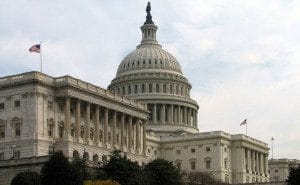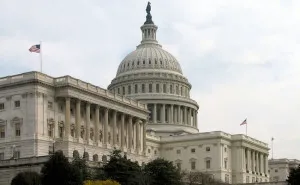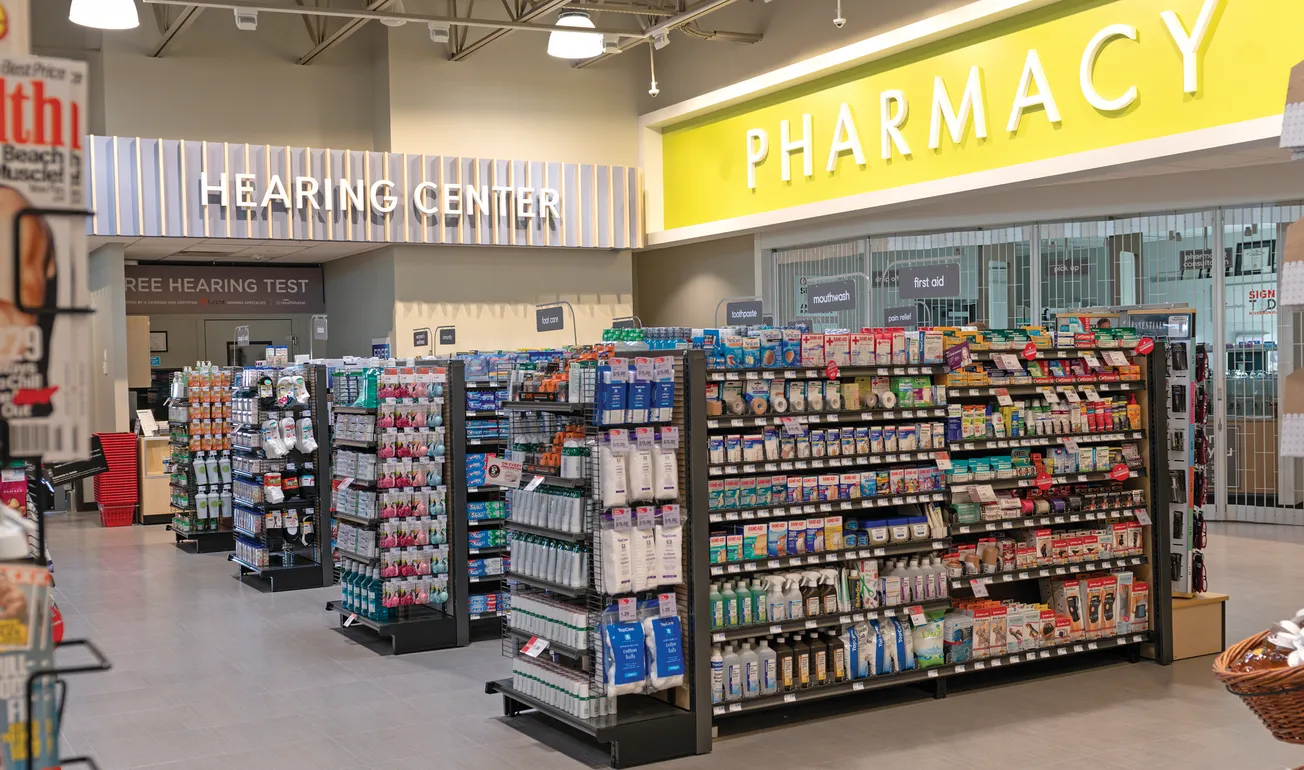The community pharmacy profession was blindsided by the Trump administration last month when the Department of Health and Human Services issued the final rule that will govern the Medicare Part D and Medicare Advantage programs in 2020. In a radical departure from the proposed rule released earlier in the year, the eventual regulation offered no relief from the burden of direct and indirect remuneration, an issue that many retail pharmacy operators have come to see as an existential threat.

The proposed rule indicated that HHS intended to implement policy changes that would have redefined “negotiated price,” making it the lowest possible payment to a pharmacy. The revision would have countered the abuse of DIR fees by pharmacy benefits managers and other payers. Under the current system, payments to pharmacies can be retroactively reduced by the application of muddled criteria that are inconsistently applied. The proposed rule suggested that DIR fees have resulted in higher prices for patients and an untenable degree of financial uncertainty for pharmacies.
“With DIR fees, everyone has a story, and they’re getting worse,” Mark Panzer, senior vice president of pharmacy, health and wellness at Albertsons Cos. and outgoing chairman of the National Association of Chain Drug Stores, said in April. ”For most of us, DIR fees continue to accelerate year over year. The government reports that DIR fees have grown 45,000% since 2010. As a percentage of Medicare sales, DIR fees have grown from less than 1% in 2015 to 6% in 2018. That’s the industry figure according to Inmar.
“As a result, in many cases, reimbursements are coming in below what’s needed to cover total pharmacy operating costs. Simply put: We are under water. How do you keep the lights on, and provide the patient care that our customers need and deserve?”
The abrupt about-face by the Trump administration is all the more perplexing in light of the fact that the people at HHS understand what’s at stake. By all accounts Secretary Alex Azar, a former pharmaceutical industry executive, Centers for Medicare and Medicaid Services administrator Seema Verma, and other key officials are capable, knowledgable and determined to do what they think is best for patients. Speaking at a National Community Pharmacists Association event in Washington in April, Azar said, “We know the burdensome nature of the DIR system cam be a real challenge for community pharmacies, while a lot less of a burden for pharmacies owned by the PBM itself. This, by itself, is bad news for patients who want a competitive marketplace and the lowest-cost drugs possible. But we’ve also heard from many of you that the DIR system isn’t being used to improve the quality of services at the pharmacy — it’s just lowering the reimbursement pharmacies get, without the lower effective price being reflected in what patients pay.”
Although a few voices in health care question those conclusions, the overwhelming majority of pharmacy operators are in alignment with the position that Azar took in the speech. HHS went out of its way when it issued the final rule to acknowledge the more than 4,000 comments that the agency received on DIR, and indicated that officials will continue to consult them as additional policy changes are contemplated.
What transpired within the Trump administration that caused Azar and his colleagues to back away from DIR reform is anyone’s guess. Infighting between officials with conflicting priorities is commonplace, and the impact of interest groups that see the issue differently than retail pharmacy can’t be discounted.
It would be easy for pharmacy advocates to get caught up in trying to understand those machinations, but their talent, time and resources can more profitably be spent engaging in the next phase of the battle to cast off the burden of DIR.
NACDS and its allies are already at work implementing measures to advance the fight. Even back in April when there was every reason to think that pharmacy would achieve a substantial victory with DIR reform, NACDS president and chief executive officer Steve Anderson sounded a cautious note. “Here’s another thing about Washington: you can never say ‘it’s not over ’til it’s over’ — because it’s never over,” he told attendees at the association’s Annual Meeting. “And that’s true of the fight for fair pharmacy reimbursement. Whatever happens in that final Medicare rule, we know the fights that lie ahead.”
Anderson’s words unfortunately proved prescient. Now that the final rule has been issued without reforming the DIR program, NACDS has issued a new call to action. The association is asking its members and other pharmacy stakeholders to encourage members of Congress to provide legislative relief. The Phair Pricing Act — sponsored in the Senate by John Kennedy (R., La.), John Tester (D., Mont.) and Shelley Moore Capito (R., W.Va.) and in the House by Doug Collins (R., Ga.) and Vicente Gonzalez (D., Texas) — would require that pharmacy price concessions be included at the point of sale under Medicare Part D and Medicare Advantage plans.
NACDS has mobilized its grassroots program, RxImpact, to support the bill. In recent years, RxImpact has played an integral part in raising the profile of chain pharmacy among legislators and regulators in Washington and state capitals, and the personal involvement of pharmacy leaders in lobbying for DIR reform is essential.
Randy Edeker, chairman, president and CEO of Hy-Vee, which operates 245 stores in eight Midwestern states, led the charge late last month, releasing a statement urging lawmakers to take immediate action.
“We are shocked that the final rule did not include this much-needed reform, despite countless meetings and discussions,” he said. “We find it outrageous that DIR fee relief was not included in this year’s rule, because it is absolutely critical for the sustainability of pharmacies across the U.S. to meet the needs of our patients. … Pharmacies are closing every day because of the increasing use of these fees — leaving senior citizens with no access to a pharmacy for their medications. Hy-Vee cannot be one of them, predominantly because of the disruption this would create for our older customers, specifically those who live in rural communities and have no other option for a pharmacy.”
Edeker’s appeal to legislators, based as it is on the impact decisions made in Washington will have on their constituents back home, should eventually resonate, particularly with the 2020 elections looming on the horizon. But the process of changing government policy is usually slow.
Pharmacy advocates have to be prepared for the long haul. NACDS is sure to ask its members to get involved at many points along the journey to DIR reform. The degree to which they are willing to be actively involved could well be the determining factor in the fight.








